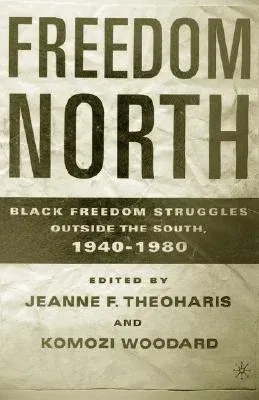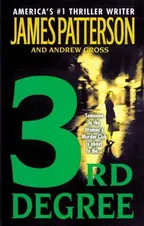Freedom North: Black Freedom Struggles Outside the South, 1940-1980 (2003)Hardcover - 2003, 25 March 2003

Qty
1
Turbo
Ships in 2 - 3 days
In Stock
Free Delivery
Cash on Delivery
15 Days
Free Returns
Secure Checkout

Print Length
326 pages
Language
English
Publisher
Palgrave MacMillan
Date Published
25 Mar 2003
ISBN-10
0312294670
ISBN-13
9780312294670
Popular Books
Ships in
Description
Product Details
Book Edition:
2003
Book Format:
Hardcover
Country of Origin:
US
Date Published:
25 March 2003
Dimensions:
20.68 x
15.19 x
2.46 cm
ISBN-10:
0312294670
ISBN-13:
9780312294670
Language:
English
Location:
New York
Pages:
326
Publisher:
Weight:
480.81 gm











